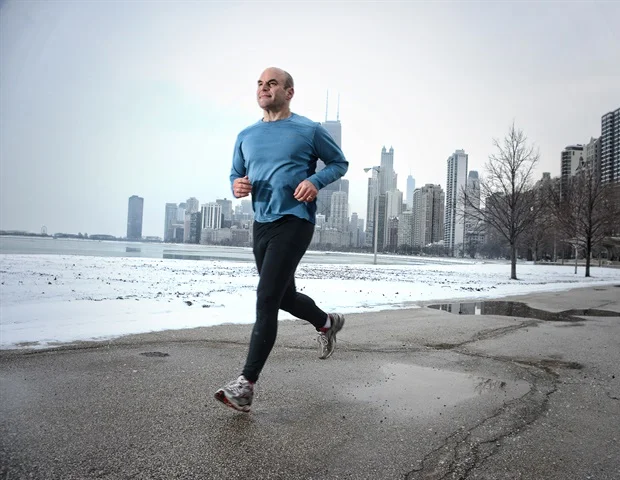If you’re a middle-aged or older adult saving for retirement, it’s never too late to think about adding physical activity to your investment portfolio, according to an article in the September issue of ACSM’s Health & Fitness Journal®, an official journal of the American College of Sports Medicine(ACSM). The journal is published in the Lippincott portfolio by Wolters Kluwer.
Much like individuals plan for their financial future through savings, 401K, and IRA accounts…physical activity is a potent form of investment for health and fitness.”
Chris Dondzila, PhD, and Steve Glass, PhD, FACSM, of Grand Valley State University, Allendale, Mich.
Their article – including practical tips for those who want to start investing in a healthier retirement – appears in a themed issue of ACSM’s Health & Fitness Journal® on combating physical inactivity.
Investing in physical activity – What strategy is best for you?
“While many people clearly see the need for financial planning, few realize that the same care and attention are needed for their body, which is also brought into retirement,” according to the authors. Middle age is often a time of missed opportunities to invest in future health and fitness – and thus to delay the functional declines that can directly impact the retirement years.
Fortunately, it’s never too late to start investing in health and fitness. That’s true for people in midlife building their health and fitness “nest egg” for the future, as well as older adults looking to make “catch up” payments toward a healthier retirement. “Regardless of baseline fitness, the human body has tremendous potential to regain function and health, incorporating lifestyle modifications incrementally,” Drs. Dondzila and Glass write.
Much as a financial advisor would recommend different strategies for investors in different circumstances, the authors outline a “diverse fitness investment portfolio” tailored to the individual’s current situation and goals:
- The Conservative Investment portfolio targets those who have limited physical capacity or have been inactive for some time. Look for opportunities to increase activity levels during routine household tasks, start a walking program, or consider the benefits of stretching, such as yoga. Drs. Dondzila and Glass write, “Contrary to the perception that exercise only occurs in a structured fitness center, the opportunities for physical activity are all around us!”
- For a Moderate Investment strategy, focus on activities combining a range of physical, mental, and social benefits. Dance is an activity with a wide range of benefits, including emotional and social health. Resistance training plays an important role in maintaining muscle strength; the authors discuss options for building strength in people of all ages and activity levels.
- More Aggressive Investment strategies may be effective for older adults who have become physically deconditioned. High-intensity interval training – alternating brief periods of vigorous exercise with longer, lighter-intensity periods – has shown “fantastic” results in some groups of high-risk patients.
Drs. Dondzila and Glass hope their tips will encourage middle-aged and older adults to make a sound investment in their future health and fitness. They conclude, “Investing in activity during mid-life will pay big dividends at retirement!”
Dondzila, C & Glass, S. (2019) CURRENCY FOR RETIREMENT. ACSM’s Health & Fitness Journal. doi.org/10.1249/FIT.0000000000000509.
